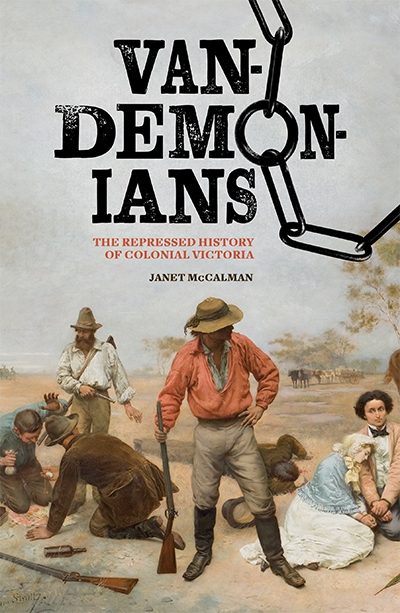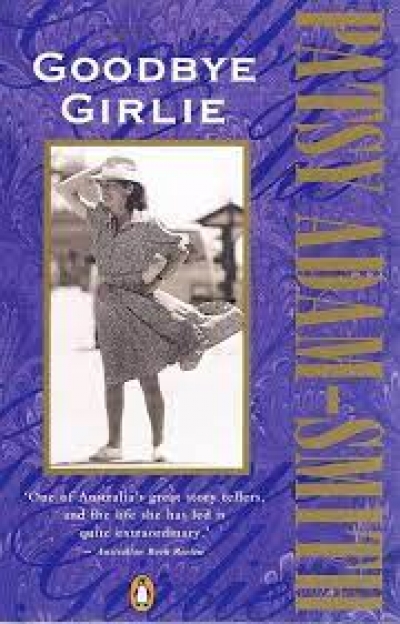Though a generation has grown up with online technology, we are only just starting to grasp what it means for our understanding of humanity. As a historian, I’m surprised to find that I can now trace the emotional and intellectual experience of individuals, through long periods of their lives, with a new kind of completeness. Fragments of detail from all over the place, gathered with ease, can be used to build up inter-connected portraits of real depth. A new inwardness, a richer kind of subjectivity, takes shape as a result.
...
(read more)



